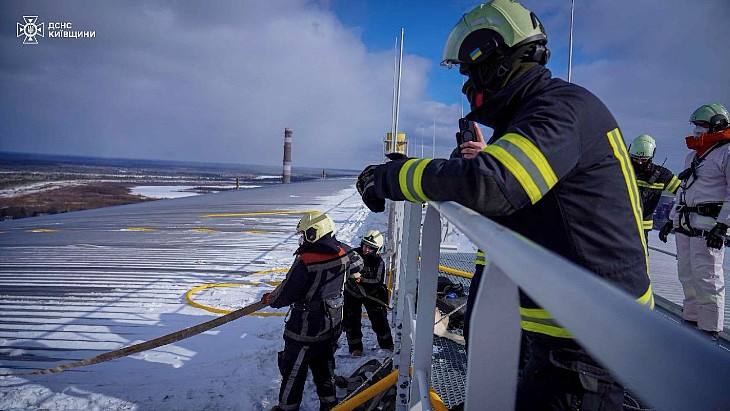A Peruvian radiographer has lost part of a finger after working with an unshielded iridium-192 source. The event is classified a 'serious incident' at Level 3 on the International Nuclear Event Scale (INES).
Details were made public this week by the International Atomic Energy Agency upon receiving the INES report from Peruvian authorities.
On 12 January the radiographer used a 31,995 GBq iridium-192 source to examine pipes, but was unaware that the radioactive source was unshielded. During the course of the job, the radiographer adjusted the collimator - which narrows the beta and gamma radiation emitted by the source - some 20-40 times. On ten occasions the radiographer directly touched the tip of the collimator, where the source was actually located.
The serious lapse in safety was only noticed at the end of the job, by which time the radiographer was beginning to experience nausea and vomiting that lasted several hours. Five days later the finger showed blistering, and part was later amputated at France's Percy military hospital.
Two assistants felt nauseous after the job and are currently under observation. The radiographer has returned to Peru, said the INES report, and is in good general health.
Based on biological dosimetry the radiographer received a whole-body dose of 1.86 Gy, with 35 Gy to his left hand and 70 Gy to the tip of the affected finger. The assistants received 0.45 Gy and 0.75 Gy.
Researched and written
by World Nuclear News









_96167_68292.jpg)

